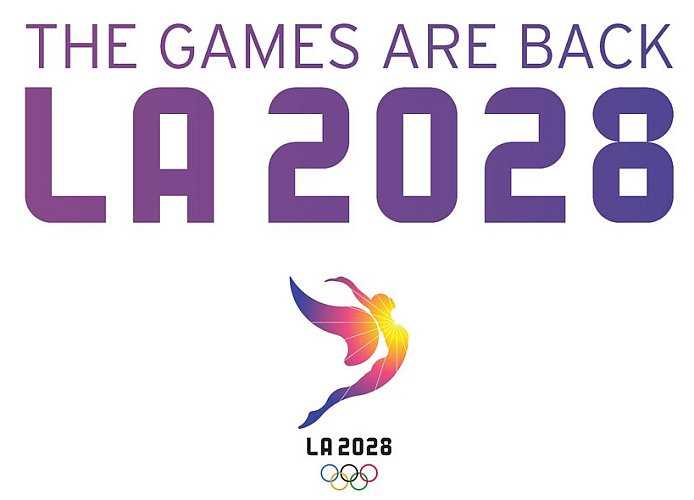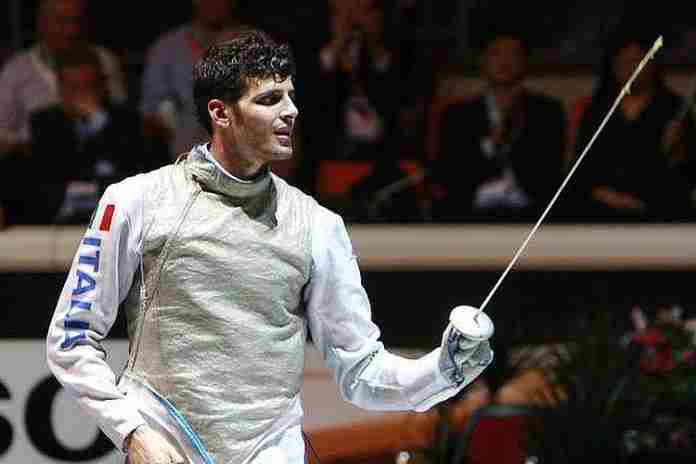 Ever since the late Montreal Mayor Jean Drapeau famously claimed – six years prior to the 1976 Olympic Games in his city – that “The Games could no more run a deficit than a man could have a baby,” observers have closely watched Olympic budgets.
Ever since the late Montreal Mayor Jean Drapeau famously claimed – six years prior to the 1976 Olympic Games in his city – that “The Games could no more run a deficit than a man could have a baby,” observers have closely watched Olympic budgets.
Drapeau’s claim, of course, turned out to be a colossal failure, as the Montreal Games created a deficit of about C$1 billion, which was not paid off until 2006. And the legacy of the Montreal financial disaster, even more than the murder of Israeli athletes and officials in 1972 and the various boycotts of 1976-80-84, has impacted the future of the Olympic Movement in many, many ways.
The Montreal experience led directly to the financial re-organization of the Games in Los Angeles in 1984, which showed that it is possible to fund and stage a Games without government guarantees and financial support. And that success led to the award of the 2028 Games to Los Angeles, at the same time as Paris was awarded the 2024 Games.
Although it made headlines for a day or so, the LA 2028 organizing committee’s announcement of a first budget was almost immediately drowned out by the announcement of the Court of Arbitration for Sport’s decision in the Athletics South Africa/Caster Semenya case against the International Association of Athletics Federations (IAAF), and Semenya’s brilliant 800 m win at the Doha Diamond League meet in 1:54.98.
The coverage of the LA28 announcement was mixed. Many reports saw the explanation of a rise from $5.33 billion for the 2024 bid (in 2016 dollars) to $6.88 billion for 2028 in “real dollars” as credible. The difference was explained to be primarily due to inflation, plus $200 million in expenses for the youth program and four extra years of operations.
There were some other stories whose headline was that the LA 2028 budget had “skyrocketed” from $5.3 billion to $6.9 billion, with inflation as a feeble excuse.
In either case, the sports world’s collective yawn, with its attention drawn to the CAS decision on Semenya/South Africa and the IAAF and away from 2028, was the right response.
The only conclusion you can draw from this budget is that it’s a placeholder until there is a real budget.
Because this isn’t a budget based on actual revenues and expenses; it’s a collection of opinions and estimates. And for right now, that’s fine.
Having served with five Olympic Organizing Committees and participated in budget development for more than a dozen multi-day, multi-venue events, what the LA 2028 folks provided is just a first step, a placeholder. They wouldn’t have done one at all, except that the agreement with the City of Los Angeles required a budget submittal 18 months after the organizing committee was formed and this budget was created to satisfy that responsibility.
When will the budgeting get real?
When agreements begin to be signed for venues, villages, and services, and hiring begins in earnest … and we are years away from that. Are there any clues to what’s happening now?
I was provided with some insight by a senior member of the LA 2028 organizing team who is not authorized to comment publicly. So the most I can do is share the information provided. The highlights of our discussion:
● The LA28 team has spent much of the last year “pressure-testing” its assumptions about the cost structures in the bid budget and what changes were merited. The outcome was that very little has changed and that the Games Plan – where the venues and major support sites are located – has not changed. That in itself is positive.
● The oft-repeated Los Angeles bid concept of “the Games must fit the city, not the other way around” has become a core organizing idea, another positive.
● Although there has been chatter about possible venue changes, none have been discussed in any detail. This includes a research project for rowing by its international federation (FISA) to look into moving from the projected Lake Perris site (east of Los Angeles) to using the 1932 Long Beach Marine Stadium, which would be closer to the other Games sites in the Los Angeles area. No work on a new plan or discussions with FISA have taken place.
Same for any possible uses of a proposed new arena for the Los Angeles Clippers of the NBA, or new facilities proposed for the Los Angeles Convention Center, which could be significant new sites for Games competitions or support activities. Nothing to talk about yet.
● The IOC-mandated bid presentation in 2016 dollars and 2024 dollars was scrapped in favor of what is being called a “real dollar” valuation, meaning that the amounts are calculated on the time when funds will come in, and be spent without worrying about the time value of money. This eliminates an important element of the 1984 financial program, which benefited from enormous interest income thanks to rates as high as 20% in the late 1970s and early 1980s. With rates hovering around 2% today, the amount of this income is almost negligible today.
● Perhaps the key indicator of fiscal restraint at this early stage of the LA28 effort is staffing. The bid committee ended with about 30 staff members, many of whom have stayed on – with shifts in responsibilities – with LA28.
The organizing committee has moved offices from the bid space to a larger facility in another building which should be able to house the staff for several years. So, it would be easy to hire more people and waste money right away and for a long time. But, I was told, this isn’t happening.
The current staff level remains around 30, excepting the new joint marketing venture with the United States Olympic Committee, headed by the very experienced Kathy Carter, the former Soccer United Marketing chief. That team, including some existing staff from the USOC, now numbers about 30, with some in Los Angeles, some in Colorado Springs and some in New York. With $2.52 billion in the budget from that effort, they are going to need some people to help with that.
But this image of the LA28 organizing committee also means that not a lot is happening in other areas, albeit nine years out from the Games. Asked whether there are opportunities for people to get involved with the ‘28 effort now, the answer was “not really.”
That’s good, and the right answer. It’s too early to make promises that can’t be kept. And the concept of holding the staffing level as lean as possible for as long as possible is an idea heard over and over again in the 1984 effort, from LAOOC President Peter Ueberroth and especially from Executive Vice President/General Manager Harry Usher, who almost singlehandedly refused to allow the organizing committee to spend even a dime before its time.
There is some visible activity, with some of the IOC’s early funding already going to the City of Los Angeles’s youth programs, and work on a new, more informative Web site that will debut soon.
It’s unusual for an organization to be intentionally slow in its start-up phase, but the LA28 folks have grasped some key ideas that (1) the Games they will organize may be significantly changed by what happens in Tokyo in 2020 and by what Paris proposes to do for 2024, and (2) a dollar not spent today will be much more valuable when it is available when the hard work starts in 2025.
None of this means that LA28 success is assured. But it has resisted temptation to waste its resources when they can’t contribute to the ultimate success of the 2028 Games. Or even talk about it, a lesson Drapeau should have learned; perhaps silence really is golden.
Rich Perelman
Editor

























